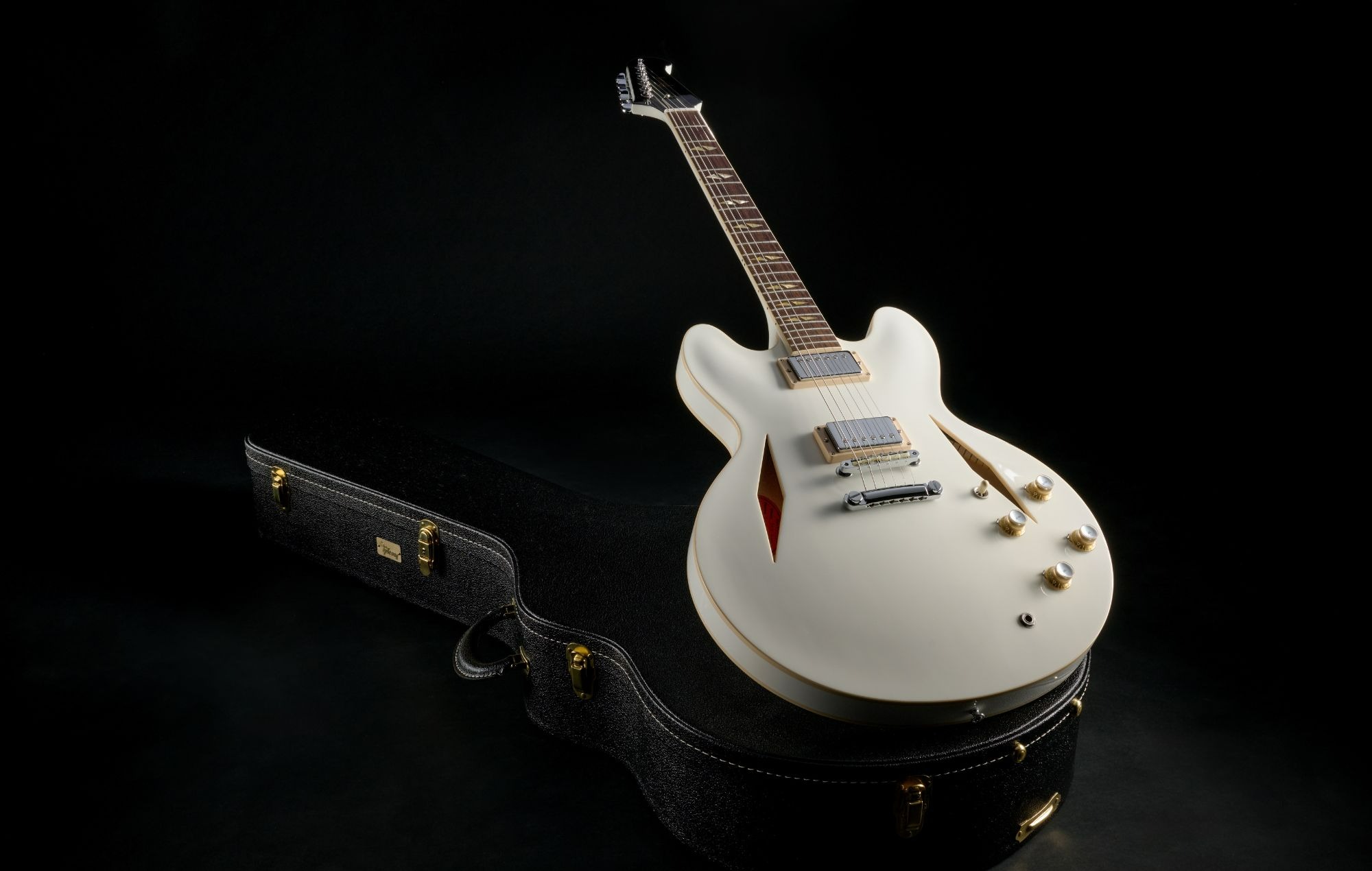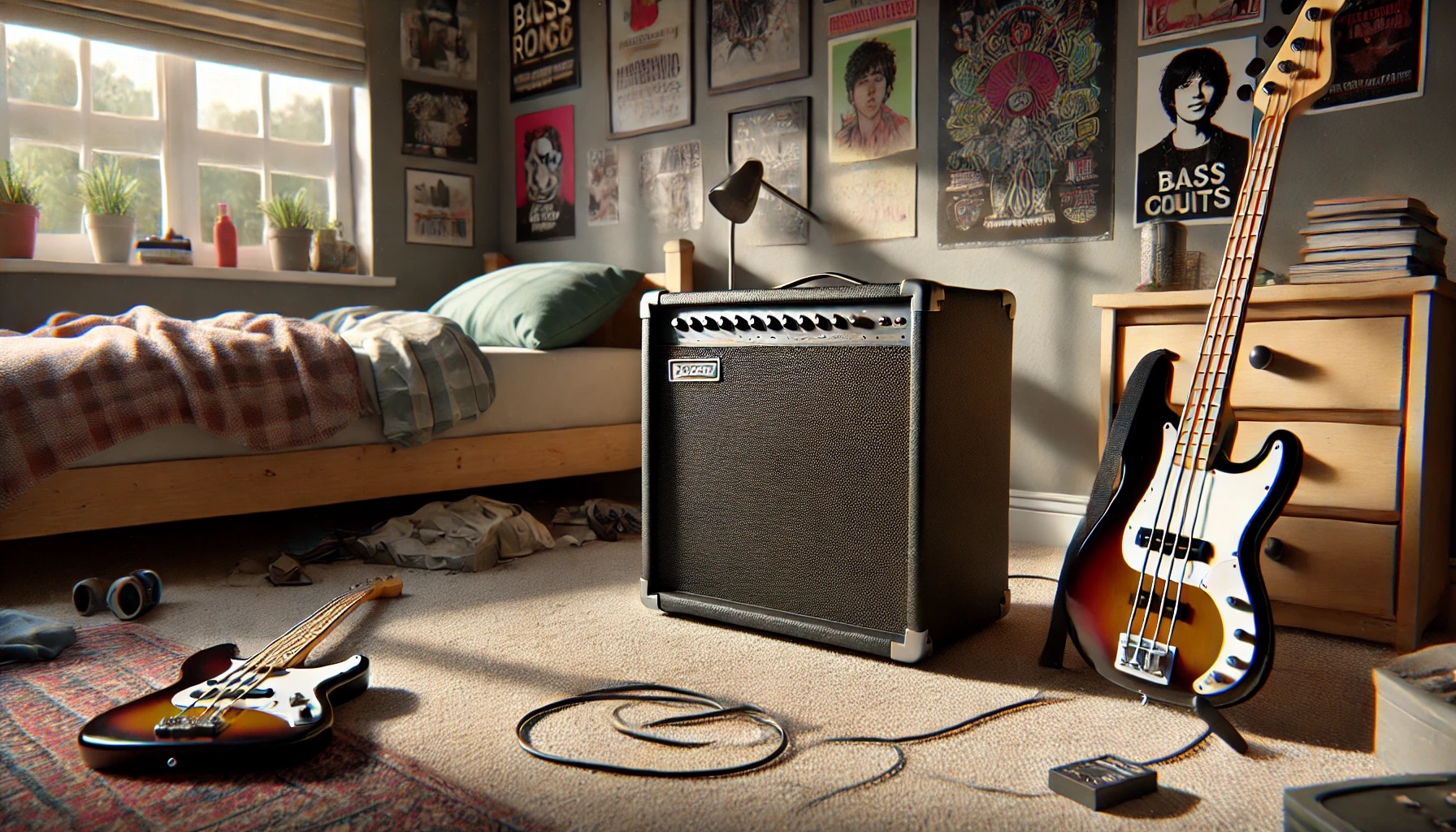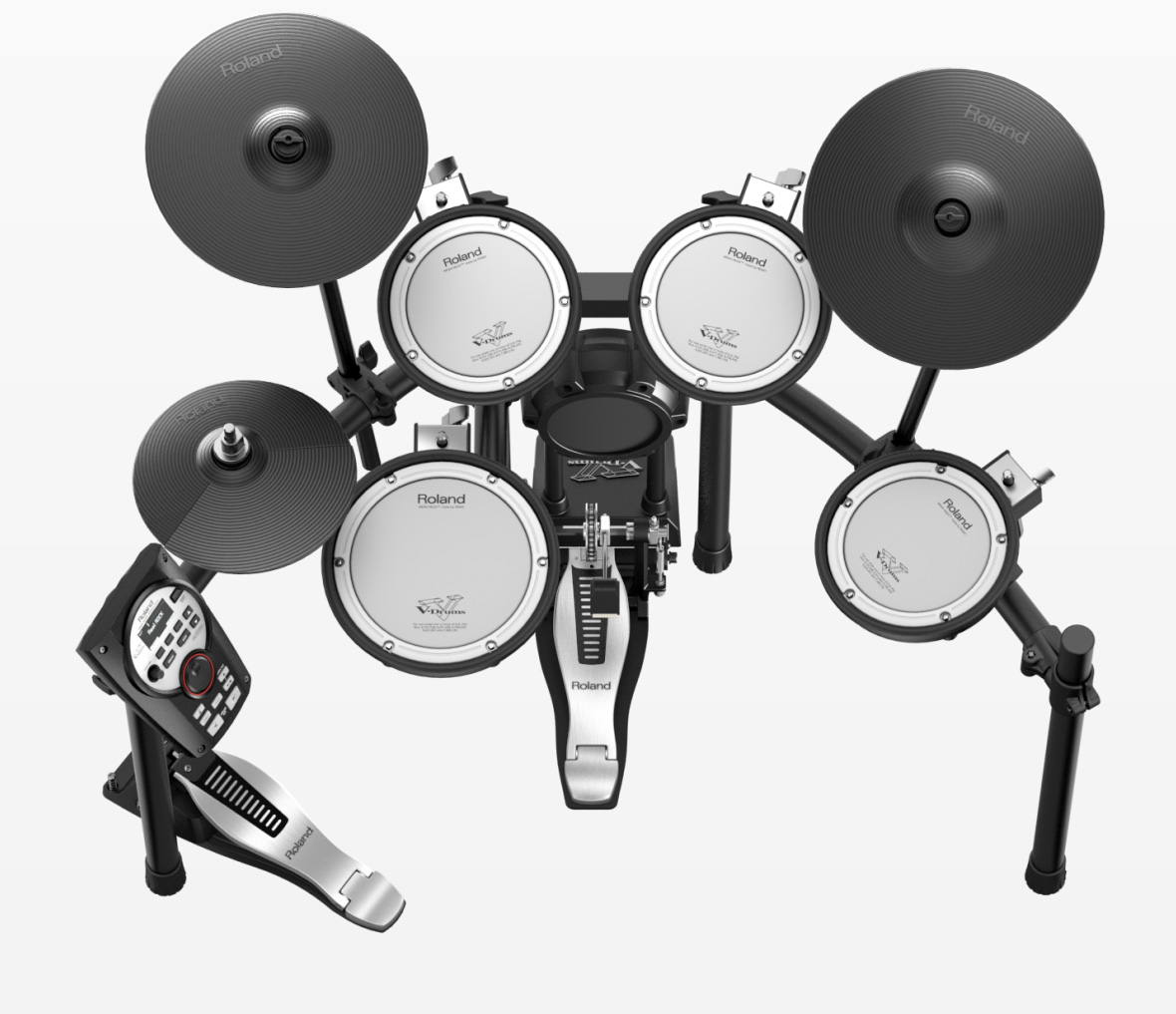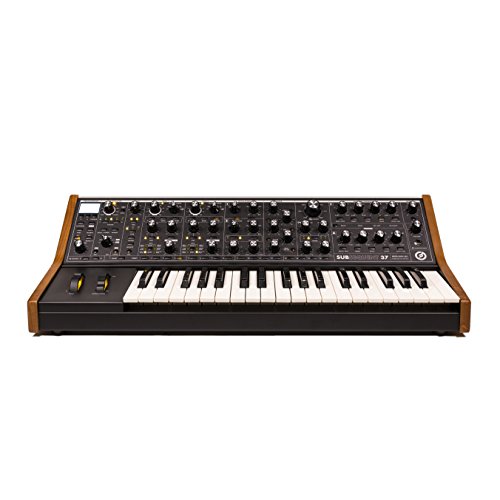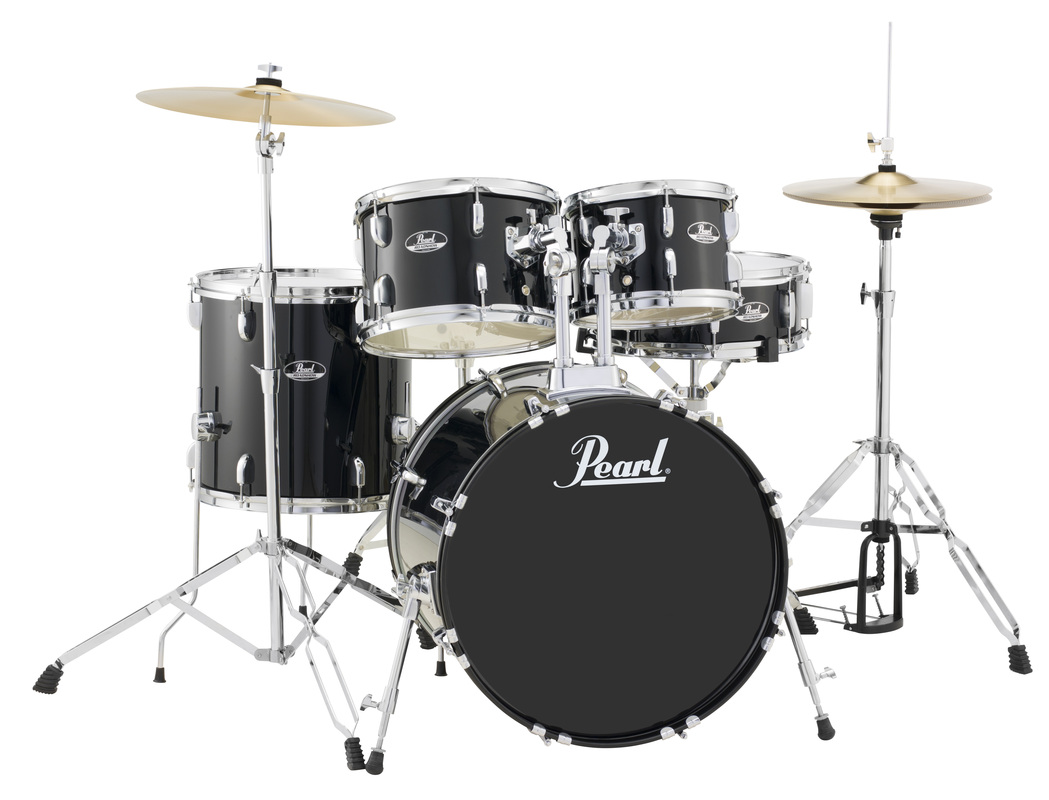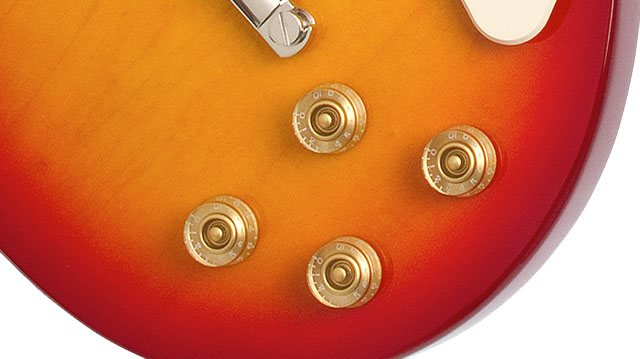
The electric 12-string guitar represents rock’s most spectacular boom-bust cycle—like watching a band go from garage to Grammy to “whatever happened to” faster than you can say “one-hit wonder.” This doubled-string marvel emerged from blues street corners to define mid-1960s psychedelia, then vanished quicker than free beer at a music festival. Four iconic models shaped this wild ride, each carrying enough sonic DNA to spawn entire genres. Here’s the essential roster of electric 12-strings that rewired rock history, then mysteriously disappeared from the party.
1. Rickenbacker 360/12

The jangly crown jewel that started the electric 12-string revolution.
Anyone who’s chased that chiming Byrds tone knows the Rickenbacker 360/12 as ground zero. George Harrison‘s 360/12 on “A Hard Day’s Night” introduced millions to Roger Rossmeisl’s semi-hollow masterpiece—probably without realizing it would define an entire decade’s sound. Trying to replicate that iconic shimmer without this guitar is like attempting brain surgery with a butter knife.
The 360/12 delivers that distinctive ringing sustain through superior craftsmanship and design philosophy. Other guitars approximate the sound, but nothing captures that crystalline clarity that cuts through dense arrangements. For bedroom producers chasing power-pop perfection, this remains the definitive choice—a sonic badge of honor that promises to inspire guitarists for generations.
2. Fender Electric XII
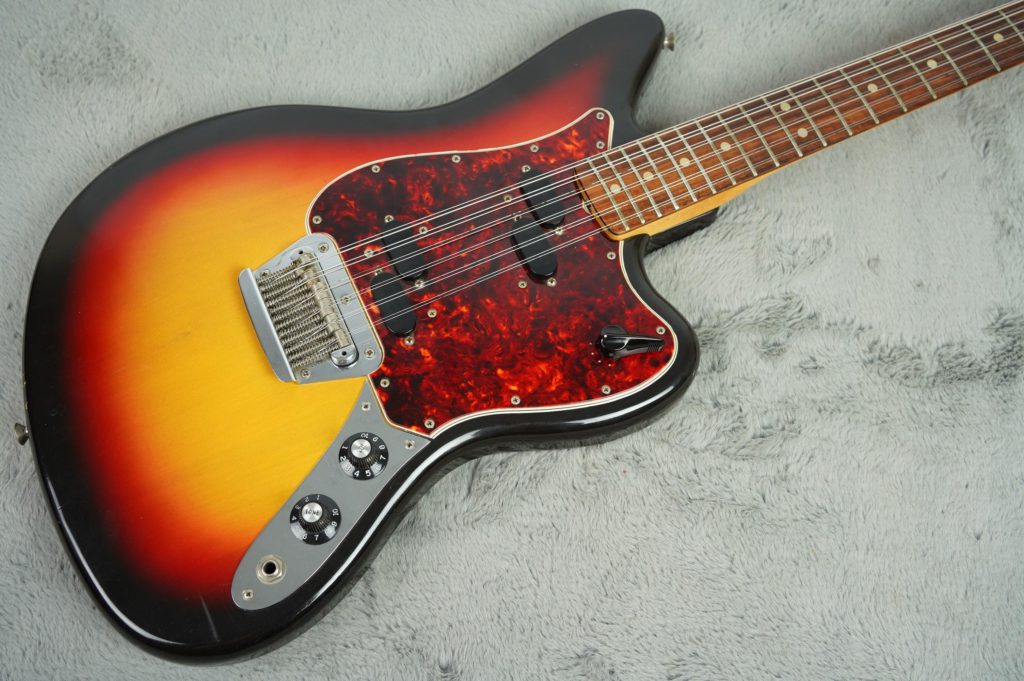
Leo Fender’s innovative response to the folk-rock explosion of 1965.
Fender launched their electric 12-string in June 1965, perfectly timed with The Byrds’ “Mr. Tambourine Man” dominating radio airwaves. Leo Fender avoided the lazy approach of simply adding strings to existing models, engineering an entirely new instrument instead. Gene Clark showcased a Firemist Gold prototype on NBC’s “Hullabaloo” that May, demonstrating this California creation’s potential.
The Electric XII’s revolutionary feature was its fully adjustable 12-saddle bridge system. While competitors compromised with 6-saddle designs accommodating paired strings, Fender prioritized perfect intonation for each individual string. This precision engineering created superior harmonic accuracy that players immediately noticed. By 1969, changing musical tastes forced discontinuation, leaving behind the question of whether this innovative guitar was ahead of its time or simply a victim of rapidly shifting trends.
3. Gibson EDS-1275
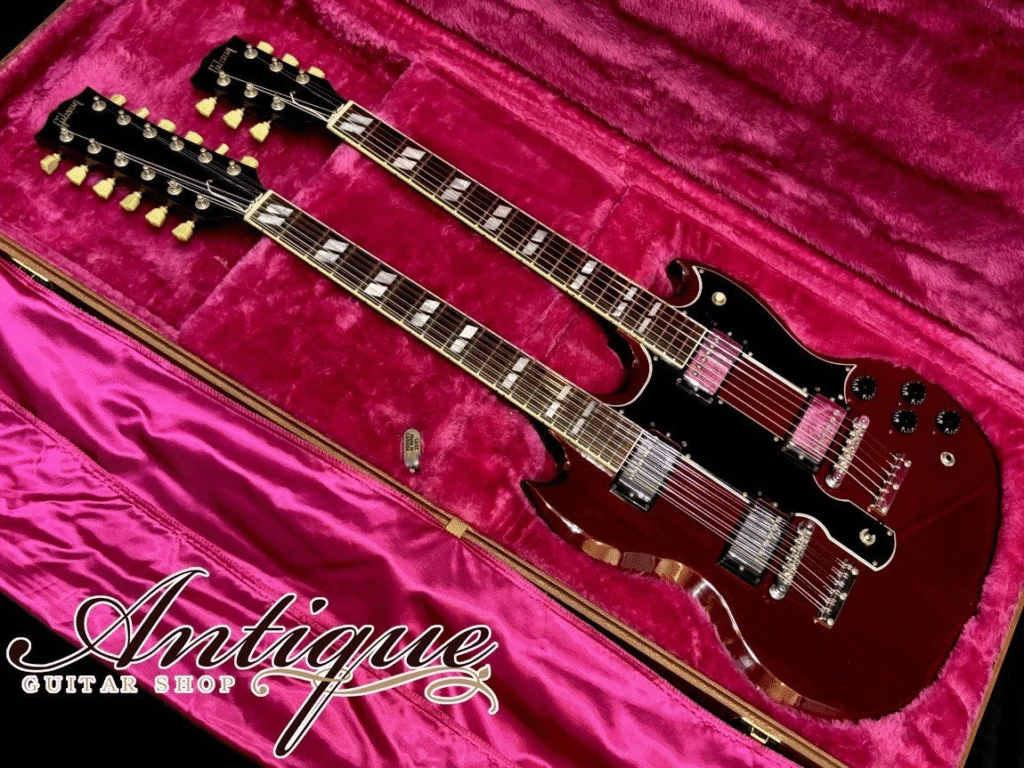
The double-neck solution that eliminated mid-song guitar swaps.
The Gibson EDS-1275 answered every guitarist’s dream of having multiple instruments within arm’s reach. This double-neck design featured both 6-string and 12-string necks, creating a stage icon despite its considerable weight burden. For musicians tackling complex arrangements requiring both configurations, this guitar eliminated awkward mid-song equipment changes.
Jimmy Page immortalized the EDS-1275 through live “Stairway to Heaven” performances, beginning with 12-string arpeggios before switching to the 6-string neck for solos. This seamless transition capability transformed concert presentations, allowing uninterrupted musical flow that single-neck guitars couldn’t match. The instrument projected an aura of serious craftsmanship—less about playing songs, more about conducting sonic rituals that defined peak rock theater.
4. Stella 12-String Guitar

Lead Belly‘s folk-blues weapon that influenced generations of acoustic pioneers.
Lead Belly transformed a humble Stella into folk history’s most influential acoustic 12-string. According to family legend, he acquired his famous Stella from Fulvio Pardini, a luthier working for Oscar Schmidt company. Picture Lead Belly commanding juke joint audiences with “Good Night Irene,” those doubled strings cutting through crowd noise with raw, hypnotic power.
This Stella’s impact extended far beyond dance floors, echoing through the minds of younger artists like Woody Guthrie and Pete Seeger. Folk revival enthusiasts gathered around campfires, attempting to master Lead Belly’s fingerpicking techniques and capture his distinctive sound. That weathered Stella became more than an instrument—it served as cultural catalyst, spreading the 12-string’s sonic possibilities across America’s growing folk movement.










